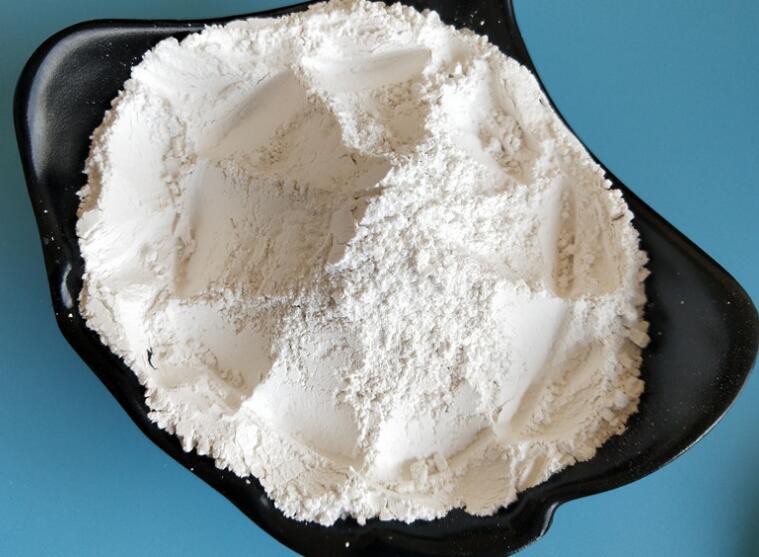A new strategy for reactive dye wastewater treatment: Study on the adsorption performance of magnesium hydroxide modified diatomaceous earth

In view of the problem of reactive dye wastewater treatment in the textile industry, magnesium hydroxide modified diatomaceous earth was used as an adsorbent, and its adsorption performance on reactive dyes was systematically studied. The effects of factors such as adsorbent dosage, pH value, contact time and initial dye concentration on adsorption efficiency were explored experimentally, aiming to provide a new efficient and economical method for environmentally friendly treatment of reactive dye wastewater.
Reactive dye wastewater has become an urgent problem to be solved in the textile industry due to its strong pollution and difficulty in treatment. This study explored a new wastewater treatment technology by modifying diatomaceous earth with magnesium hydroxide, in order to achieve efficient and environmentally friendly wastewater purification.
2. Materials and methods
Materials: Adsorbent prepared by modifying natural diatomaceous earth with magnesium hydroxide, and typical reactive dyes were used as model pollutants.
Methods: It includes the preparation and adsorption experiments of magnesium hydroxide modified diatomaceous earth. The adsorption experiment involves the effects of different adsorbent dosages, pH value adjustment, contact time control and dye concentration changes on adsorption efficiency.
3. Results and discussion
Adsorbent dosage: Increasing the amount of adsorbent, dye removal first increases and then stabilizes.
pH value: The adsorption effect is best when the pH value is 8-9.
Contact time: The adsorption rate is fast within 60 minutes and then slows down.
Initial concentration of dye: As the initial concentration increases, the adsorption capacity increases and the removal rate decreases.
4. Conclusion
Magnesium hydroxide modified diatomaceous earth shows excellent adsorption performance in the treatment of reactive dye wastewater, especially under the conditions of pH value of 8-9, 60 minutes of contact time and appropriate amount of adsorbent, it can achieve high-efficiency dye removal. This material has the advantages of low cost and wide source, and has application potential in the field of wastewater treatment.
5. Future research direction
In order to further improve the adsorption efficiency, future research can be combined with ultrasound-assisted, photocatalytic and other technologies. At the same time, the research on the recycling of adsorbents will also be an important direction to reduce the environmental burden.
This study not only provides a new solution for the treatment of reactive dye wastewater, but also provides new ideas for the development and application of environmentally friendly materials. With the continuous advancement and innovation of technology, magnesium hydroxide modified diatomaceous earth is expected to play a greater role in the field of wastewater treatment.








